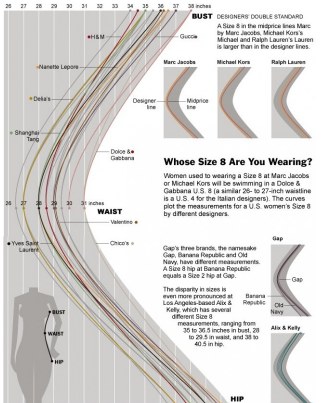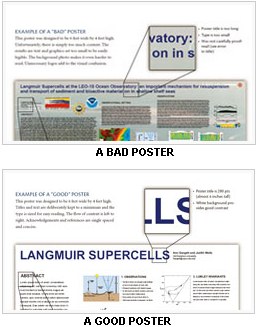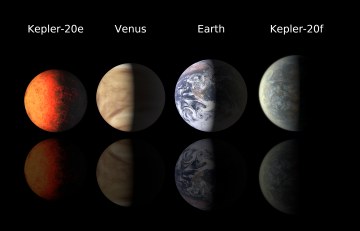Economics may flaunt statistics, mathematical methodology and make claims to predict the future scientifically, but it conspicuously lacks the kind of reality check on its theories present in real science. Writing in International Journal of Pluralism and Economics Education, Jeffrey Turk, of the Slovenian Academy of Sciences and Arts in Brussels, demonstrates this truism but concedes that the nature of the social world precludes the use of a true scientific approach to economics.
Economics has become increasingly sophisticated in its use of mathematics and computer models of the behaviour of stock markets, commodities and futures. Unfortunately, this sophistication hides a simple truth that does not afflict the world of particle physics, for instance. Put simply, economic theories simply do not live up to their grandeur because they are measuring complex, emergent behaviour at the human, societal and international level, rather than making repeatable observations about reality to support a hypotheses and testing again to build a coherent theory based on evidence. Compare the testable reality of the theory of gravity with the dubious notion of tracking a stock market. The only thing they have in common is that will both inevitably lead to a fall.
Of course, economics has its value, but it offers no valid predictions about the world other than to reveal time and again that where money is concerned it is wholly unpredictable.
Turk, whose background is in particle physics, specialises in realist research methods in the social sciences with a focus on European policy studies. Given the current state of the European economy, perhaps insight from a former CERN scientist is precisely what is now needed to untangle the Euro zone members from the financial crisis. He points out that acquiring Nobel status and borrowing scientific metaphor and the formalism of physical theory do not venerate economics as a real science. Analysis financial data and determining statistical significance is not equivalent to the ceaseless reality checks present in science.
Fundamentally, economics is an artificial construct to make us feel better about greed and to placate the poverty-stricken when the next crash comes. In the sense of realist measurement, economics, and money, do not exist, they are real only in the social sense. Important yet, but measuring things that are not real cannot claim to be science. Next week, The Emperor’s New String Theory…
 Jeffrey David Turk (2011). Science is measurement: muons, money and the Nobel Prize Int. J. Pluralism and Economics Education, 2 (3), 291-305
Jeffrey David Turk (2011). Science is measurement: muons, money and the Nobel Prize Int. J. Pluralism and Economics Education, 2 (3), 291-305
 I’ve never understood it. We men have collar size, chest measurement, waist, inside leg, cut, style, even hat size, yet women’s dress sizes seems to be mashed down to a single figure. It makes it almost impossible to shop for a wife, mistress, lady friend or all three without the potential for causing immense offence. It’s an art not a science…which makes it doubly tough for male ubergeeks last-minute shopping on a Christmas Eve.
I’ve never understood it. We men have collar size, chest measurement, waist, inside leg, cut, style, even hat size, yet women’s dress sizes seems to be mashed down to a single figure. It makes it almost impossible to shop for a wife, mistress, lady friend or all three without the potential for causing immense offence. It’s an art not a science…which makes it doubly tough for male ubergeeks last-minute shopping on a Christmas Eve. Getting your scientific idea across at a conference does not rely on securing a speaker’s slot. The poster sessions at some conferences are often bigger than the lectures and with a good poster you can get a lot of offline eyeballs taking a look.
Getting your scientific idea across at a conference does not rely on securing a speaker’s slot. The poster sessions at some conferences are often bigger than the lectures and with a good poster you can get a lot of offline eyeballs taking a look. Dozens of medical science specialists have issued a serious warning about the spread of chiropractic. Say the experts in their letter: “it is the involvement of chiropractors in “adjustments” for children suffering from everything from attention deficit to bed-wetting to asthma etc that is particularly disturbing to us.”
Dozens of medical science specialists have issued a serious warning about the spread of chiropractic. Say the experts in their letter: “it is the involvement of chiropractors in “adjustments” for children suffering from everything from attention deficit to bed-wetting to asthma etc that is particularly disturbing to us.” This week NASA’s Kepler telescope found two Earth-sized exoplanets orbiting Kepler-20, which lies about 946 lightyears from Earth. Truly marvellous, wondrous, as Coxy might say.
This week NASA’s Kepler telescope found two Earth-sized exoplanets orbiting Kepler-20, which lies about 946 lightyears from Earth. Truly marvellous, wondrous, as Coxy might say.